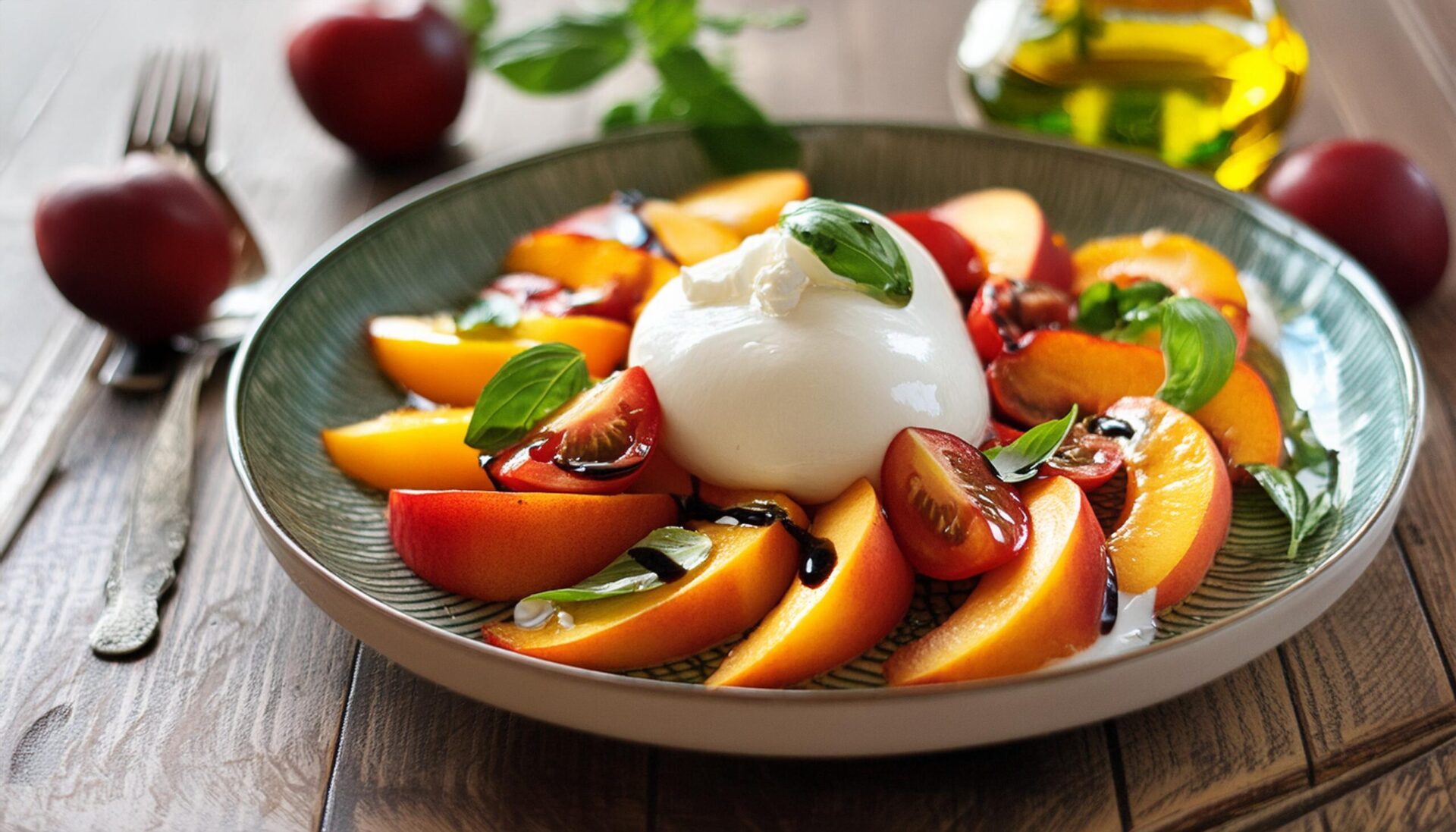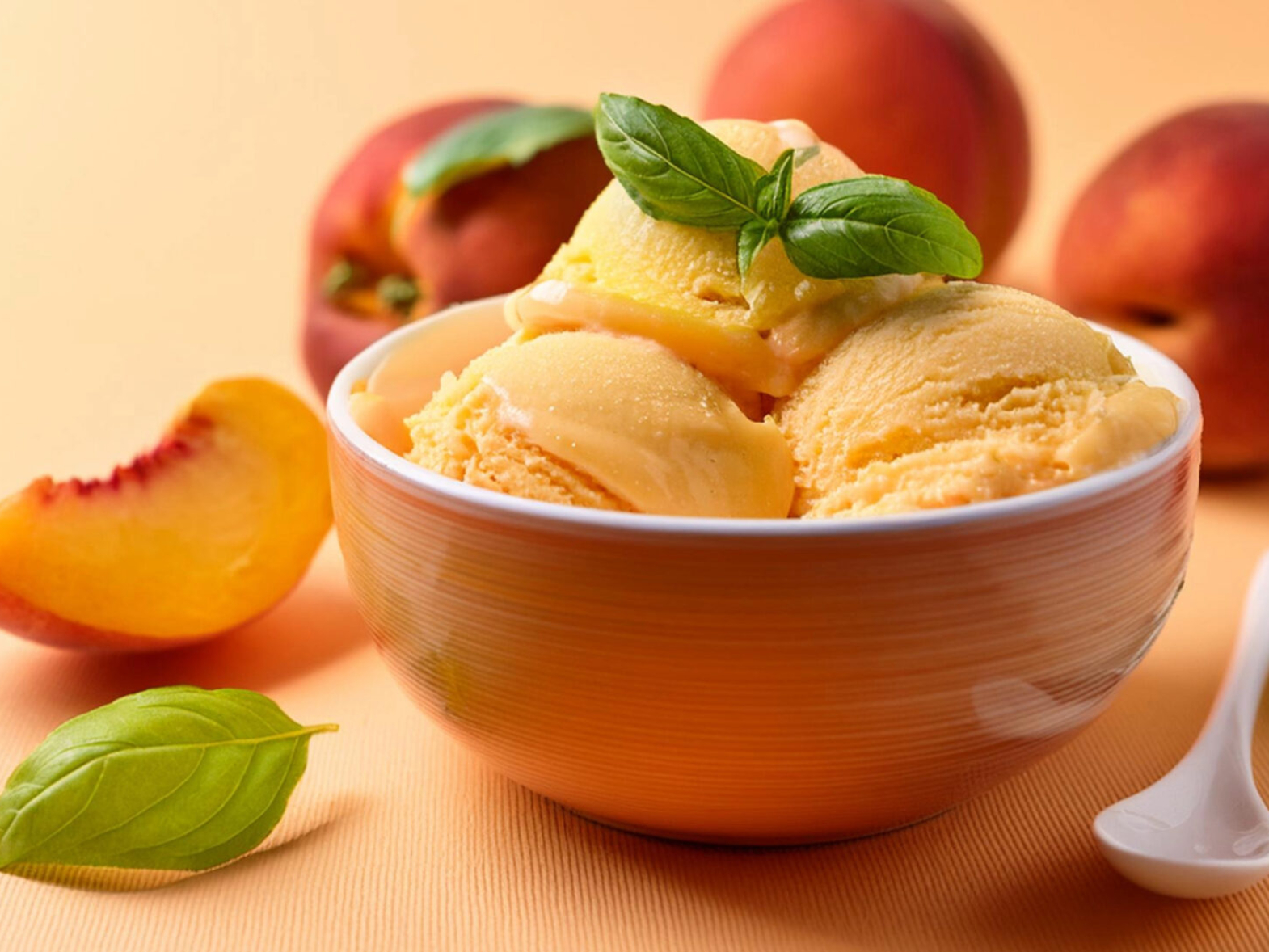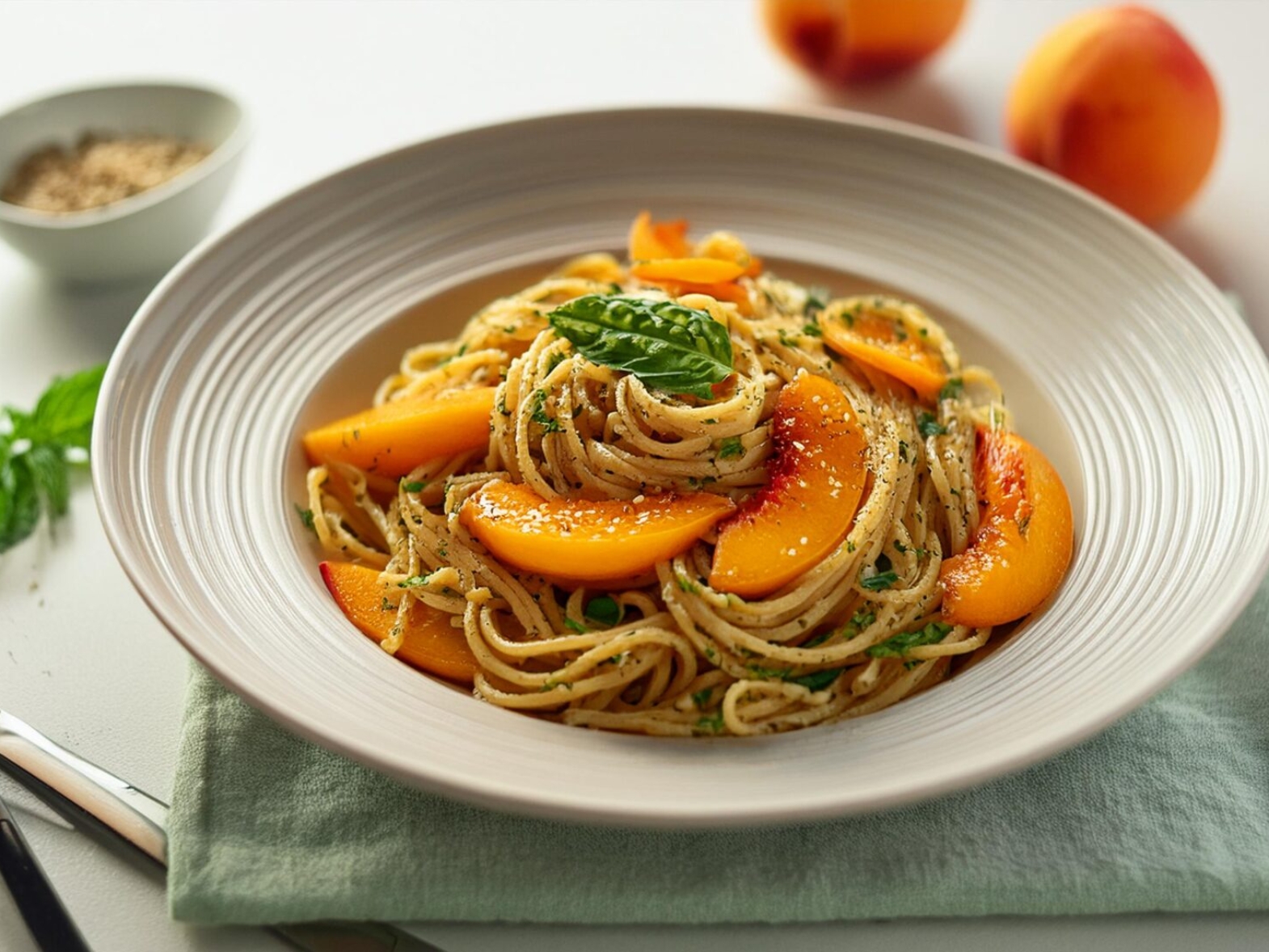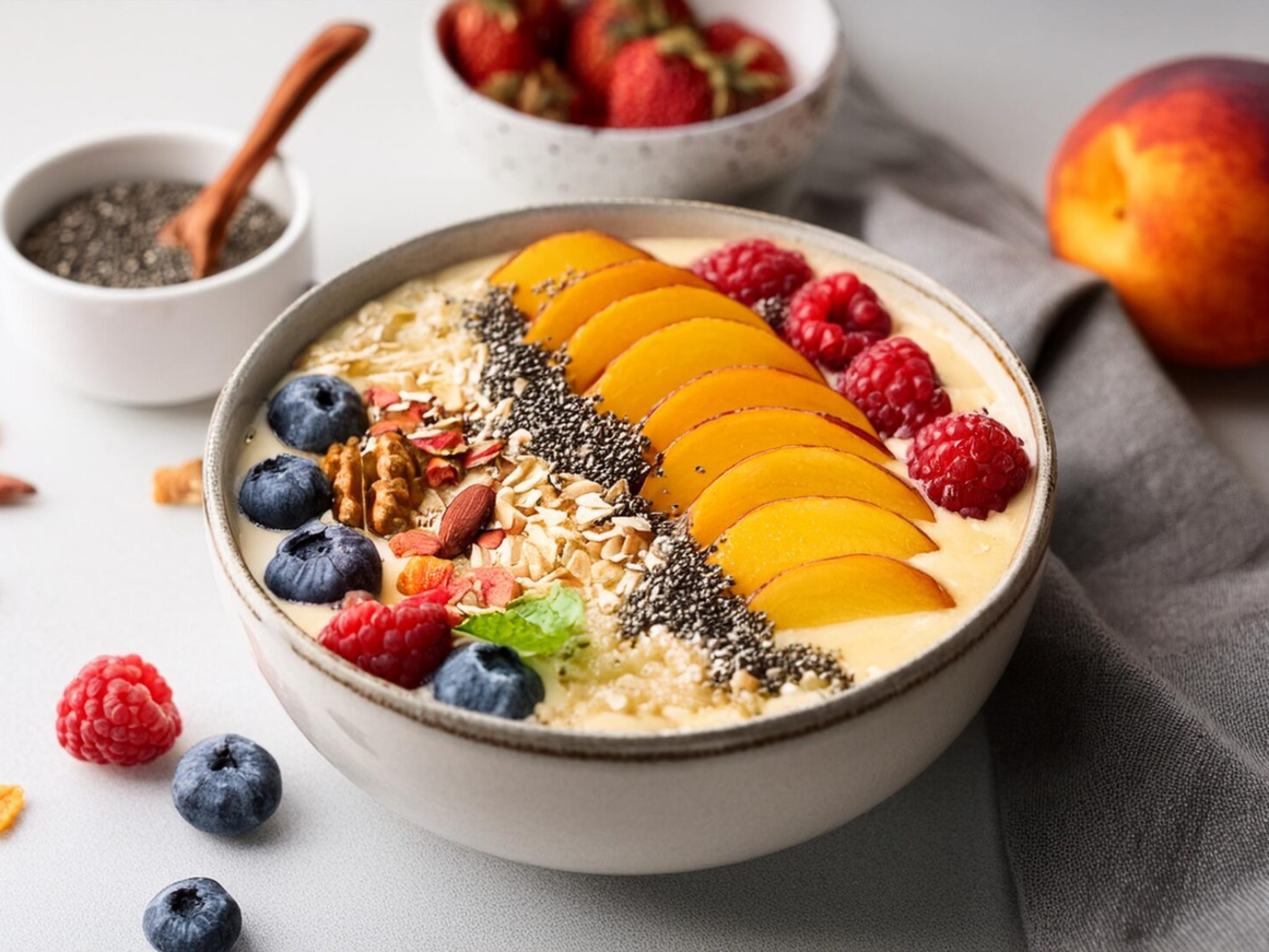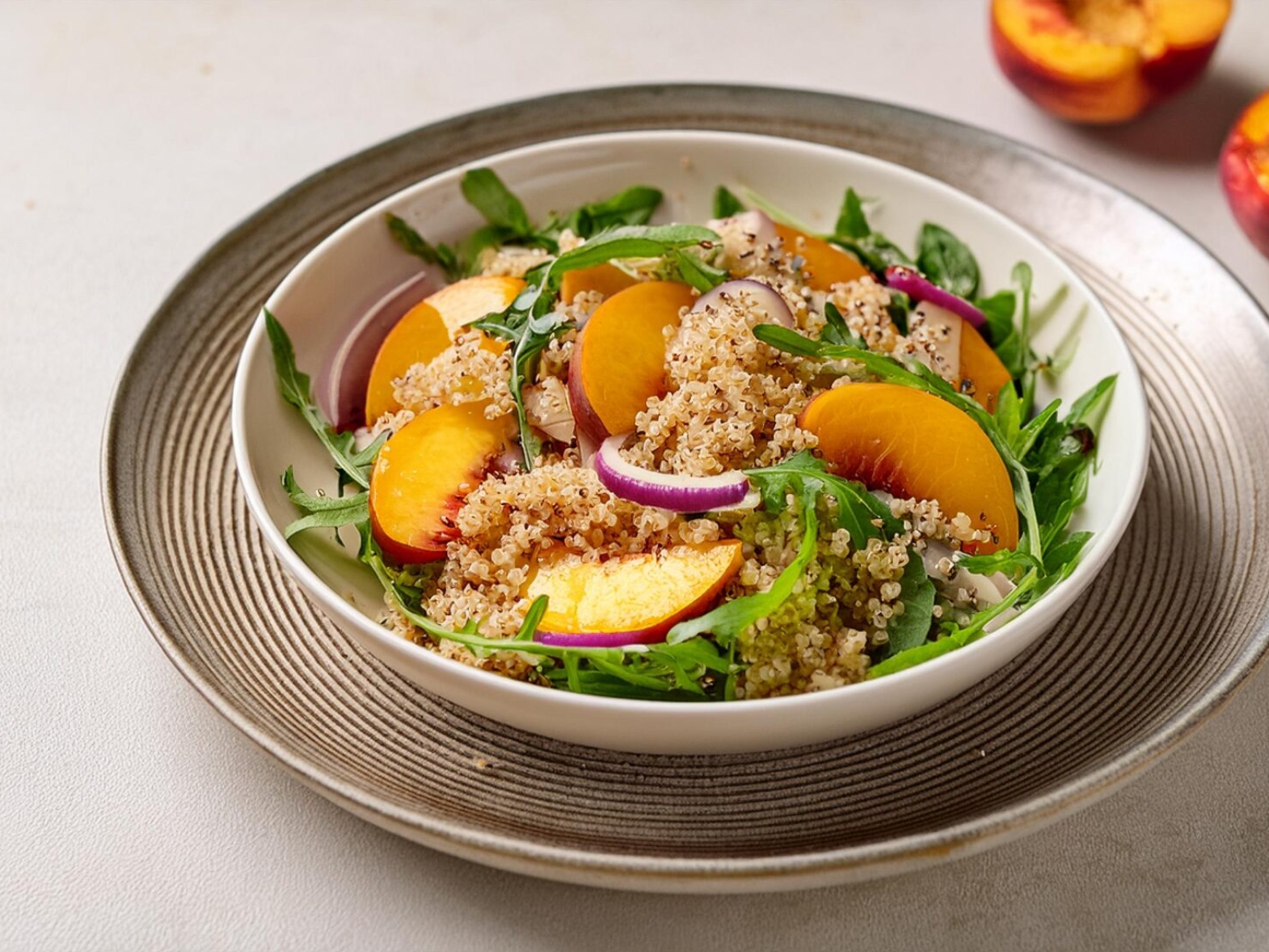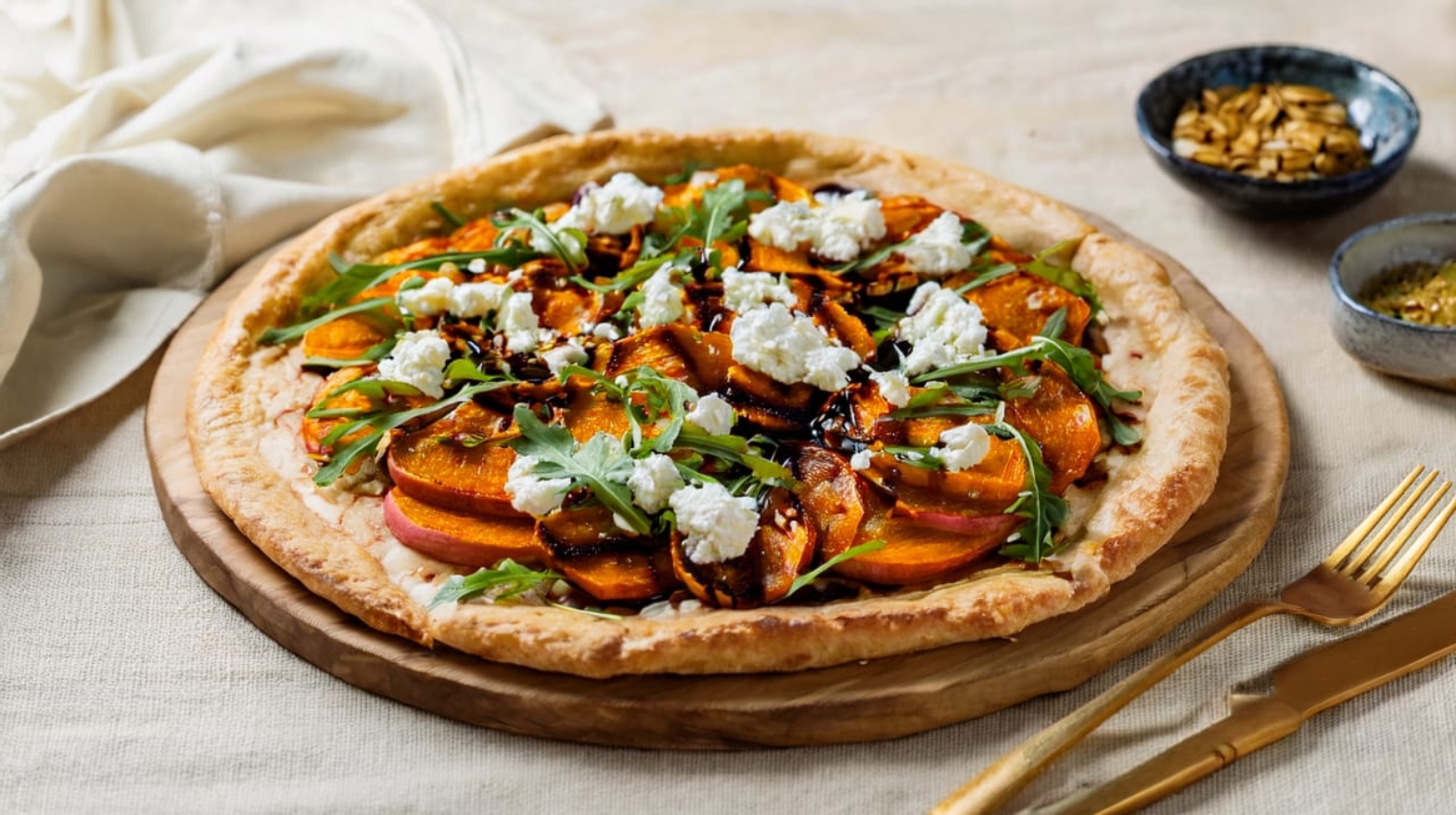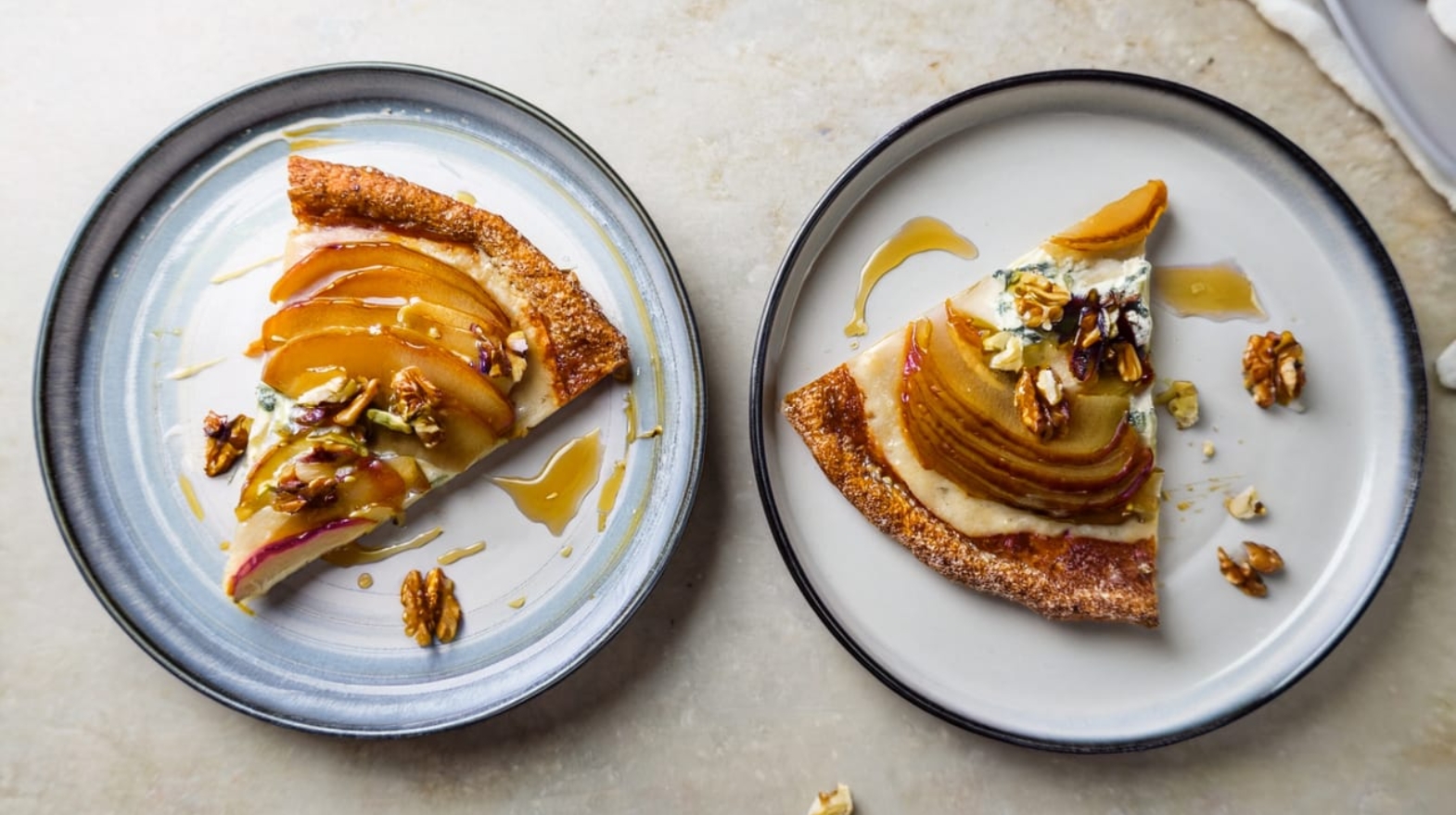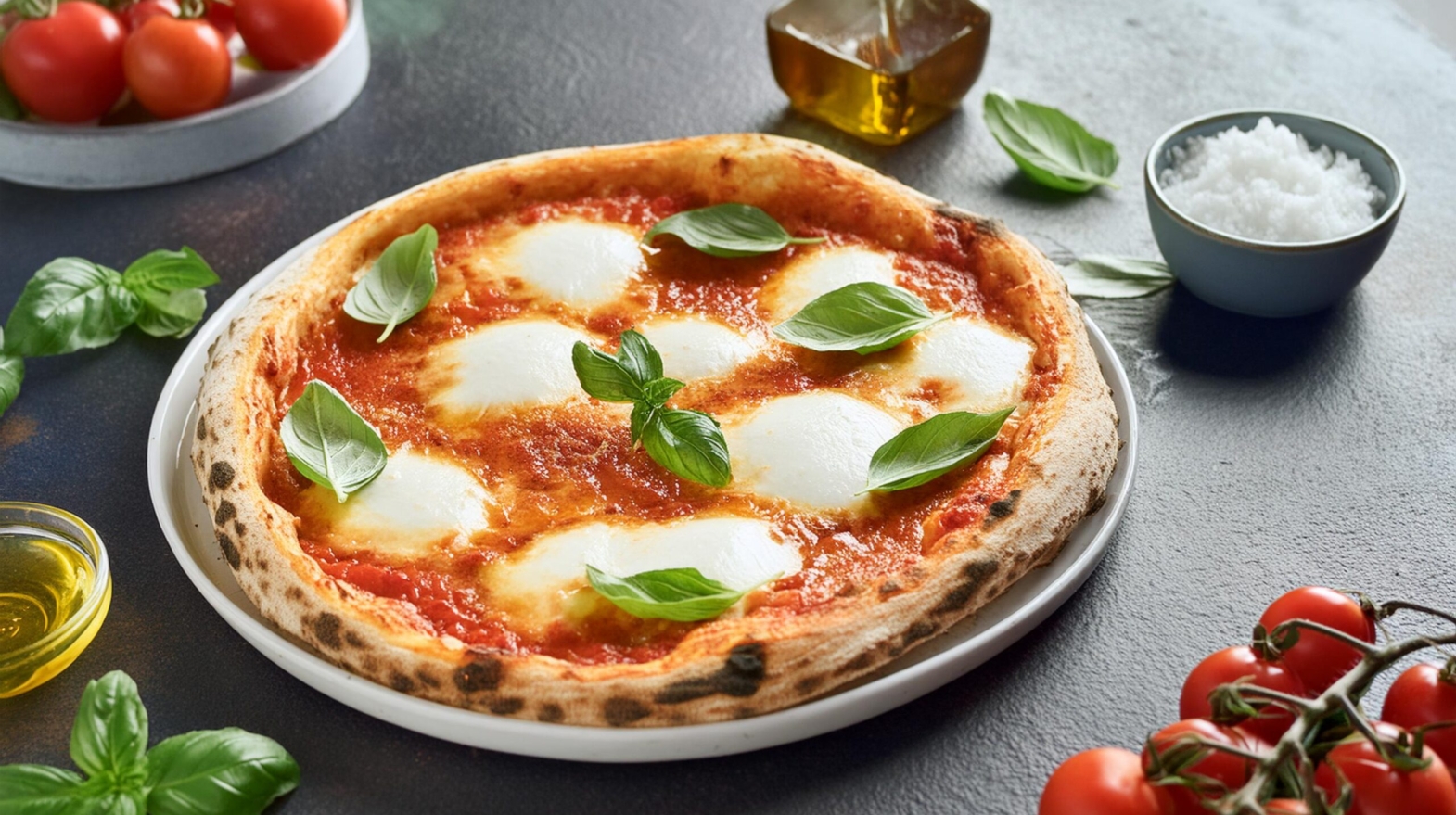Burrata: A Comprehensive Guide
Burrata, a luscious Italian cheese, has been captivating palates worldwide with its creamy texture and delicate flavor. Originating from the Puglia region, this cheese is a culinary gem that brings a touch of elegance to any dish. This guide explores everything you need to know about burrata, from its history and production to its culinary uses and nutritional benefits.
What is Burrata?
Definition and Characteristics
Burrata is a fresh Italian cheese made from mozzarella and cream. The outer shell is solid mozzarella, while the inside contains stracciatella and cream, giving it an unusual, soft texture. The name “burrata” means “buttered” in Italian, reflecting its rich, buttery flavor.
Origin and History
Burrata originates from the Apulia region of Italy, specifically the town of Andria. It was created in the early 20th century as a way to use up scraps of mozzarella, combining them with cream and encasing them in a mozzarella shell. Over time, it has become a beloved delicacy worldwide.
The Production Process
Ingredients
The primary ingredients in burrata are fresh cow’s milk, rennet, cream, and salt. High-quality milk is essential for the best flavor and texture.
Step-by-Step Production
1. Milk Heating: Fresh cow’s milk is heated to a specific temperature.
2. Coagulation: Rennet is added to curdle the milk, forming curds.
3. Cutting Curds: The curds are cut into small pieces and heated again.
4. Stretching Mozzarella: The curds are stretched to form mozzarella.
5. Forming Burrata: The mozzarella is formed into a pouch, filled with stracciatella (a mixture of shredded mozzarella and cream), and sealed.
Artisanal vs. Commercial Production
Artisanal burrata is handcrafted, often resulting in a higher quality product with a more delicate texture and richer flavor compared to commercially produced burrata, which may use preservatives and have a longer shelf life.
Peach Basil Sorbet: Easy Vegan Summer Dessert Recipe
Find the perfect dessert bowl on AmazonPeach Basil Sorbet: Easy Vegan Summer Dessert Recipe Cool down on warm summer days with this ref ...
Roasted Peach & Walnut Pesto Pasta: Healthy Summer Dinner Recipe
Roasted Peach & Walnut Pesto Pasta: Healthy Summer Dinner Recipe Indulge in this vibrant Roasted Peach & Walnut Pesto Pasta, a perfect summer di ...
Ultimate Vegan Smoothie Bowl with Peaches & Ginger | Energizing Breakfast or Snack
Find the perfect ceramic bowl on Amazon 🌞 Morning Magic with Peaches & Ginger 🌞 Who else loves starting their day with a burst of colo ...
Refreshing Peach Quinoa Salad with Lemon Tahini Dressing | Healthy Low-Carb Recipe
Refreshing Peach Quinoa Salad with Lemon Tahini Dressing | Healthy Low-Carb Recipe Looking for a healthy peach recipe that’s perfect for a light meal or ...
Peach Bruschetta | Perfect Summer Appetizer or Sweet Breakfast Recipe
Find the perfect ceramic plate on Amazon When summer rolls around, we love creating dishes that celebrate the season’s best ingredients. This Fre ...
Varieties of Burrata
Classic Burrata
This is the traditional version, featuring a mozzarella shell filled with stracciatella and cream.
Burrata with Truffle
A luxurious variation where truffle is mixed into the creamy filling, adding an earthy, aromatic flavor.
Smoked Burrata
This type undergoes a smoking process, imparting a unique, smoky flavor that pairs well with various dishes.
Nutritional Information
Caloric Content
A typical serving of burrata (about 100 grams) contains approximately 300 calories.
Macronutrients
– Protein: 17 grams
– Fat: 24 grams
– Carbohydrates: 0 grams
Vitamins and Minerals
Burrata is rich in calcium, vitamin A, and vitamin B12, contributing to bone health and overall wellness.
Health Benefits
High Protein Content
Burrata provides a significant amount of protein, essential for muscle repair and growth.
Rich in Calcium
The cheese is an excellent source of calcium, which is crucial for maintaining strong bones and teeth.
Probiotic Properties
As a fresh cheese, burrata contains beneficial bacteria that can aid in digestion and support gut health.
Culinary Uses
Salads
Burrata adds a creamy element to salads, complementing fresh vegetables and fruits.
Pasta Dishes
It can be used to enhance the richness of pasta dishes, either as a topping or mixed into the sauce.
Appetizers
Burrata is a popular choice for appetizers, often served with crusty bread, tomatoes, and olive oil.
Pairing Burrata
Wines
Pairing burrata with a crisp white wine or a light red wine enhances its creamy flavor.
Fruits
Fruits like figs, tomatoes, and berries pair well with the rich, creamy cheese.
Breads
Serving burrata with artisanal bread, such as ciabatta or sourdough, makes for a delightful combination.
Serving Suggestions
Presentation Tips
Serve burrata at room temperature to allow its full flavor to develop. Drizzle with olive oil and sprinkle with sea salt for a simple yet elegant presentation.
Complementary Ingredients
Fresh herbs, balsamic vinegar, and cured meats like prosciutto can enhance the flavor of burrata.
Popular Recipes
Burrata Caprese Salad
A twist on the classic Caprese salad, using burrata instead of mozzarella for a creamier texture.
Burrata Pizza
Top a freshly baked pizza with burrata for a luxurious, melty addition.
Burrata with Prosciutto and Figs
A delicious appetizer combining the salty flavor of prosciutto with the sweetness of figs and the creaminess of burrata.
Storing Burrata
Refrigeration Tips
Keep burrata refrigerated and in its original liquid until ready to use. It should be consumed within a few days of opening.
Shelf Life
Fresh burrata typically has a shelf life of about 5 days when refrigerated properly.
Signs of Spoilage
If the cheese has a sour smell or the texture becomes slimy, it is no longer good to eat.
Burrata in Different Cuisines
Italian Cuisine
In Italy, burrata is often enjoyed simply with olive oil and salt or as part of an antipasto platter.
American Cuisine
American chefs have embraced burrata, incorporating it into modern and fusion dishes.
Fusion Dishes
Burrata can be found in various fusion dishes, blending Italian traditions with other culinary styles.
How to make Burrata at Home
Required Equipment
You’ll need a large pot, thermometer, slotted spoon, cheesecloth, and molds.
Detailed Instructions
1. Heat Milk: Warm milk to 90°F.
2. Add Rennet: Stir in rennet and let sit until curds form.
3. Cut and Heat Curds: Cut curds and heat to 105°F.
4. Stretch Mozzarella: Stretch the curds until smooth.
5. Form Burrata: Shape the mozzarella into a pouch, fill with stracciatella, and seal.
Tips for Success
Use the freshest milk possible and handle the curds gently to ensure a smooth texture.
Burrata vs. Mozzarella
Taste and Texture Comparison
Burrata has a creamier, more delicate texture compared to mozzarella, which is firmer.
Nutritional Differences
While both cheeses are similar, burrata contains more fat due to the cream filling.
Culinary Applications
Mozzarella is often used for cooking and melting, while burrata is best enjoyed fresh.
Buying Burrata
What to Look For
Choose burrata that is fresh, with a smooth and shiny exterior and a creamy, milky interior.
Best Brands
Some reputable brands include Di Stefano, Belgioioso, and Murray’s Cheese.
Shopping Tips
Purchase burrata from specialty cheese shops or reputable online retailers to ensure quality.
FAQs About Burrata
Common Questions and Answers
1. Can you freeze burrata?
No, freezing burrata will ruin its texture.
2. How long can burrata sit out?
Burrata should not sit out for more than 2 hours.
3. Is burrata lactose-free?
No, burrata contains lactose.
4. Can you cook with burrata?
It’s best used fresh, but it can be added to hot dishes just before serving.
5. What is the difference between burrata and bufala mozzarella?
Burrata is filled with cream and stracciatella, while bufala mozzarella is made from buffalo milk and has a firmer texture.
Sweet Potato & Goat Cheese Pizza with Caramelized Onions & Arugula | Gourmet Recipe with Balsamic Reduction
Find the perfect ceramic plates on Amazon When it comes to pizza, we love exploring new flavors beyond the usual tomato and mozzarella. That’s ho ...
Caramelized Pear and Vegan Blue Cheese Pizza with Walnuts & Maple Syrup | Gourmet Dinner or Unique Appetizer
A Gourmet Twist for Dinner or a Unique Appetizer 🍁 When we think of fall flavors, we’re all about celebrating the richness of the season. Apples and pumpki ...
Vegan Margherita Pizza with Fresh Basil & Vegan Mozzarella | Delicious Plant-Based Italian Favorite
Vegan Margherita Pizza with Fresh Basil & Vegan Mozzarella | Delicious Plant-Based Italian Favorite Enjoy a plant-based twist on a classic with this ...
Burrata is a versatile and indulgent cheese that can elevate any meal. Whether enjoyed on its own or incorporated into a variety of dishes, its creamy texture and rich flavor make it a favorite among cheese lovers. By understanding its history, production, and culinary uses, you can fully appreciate the exquisite delight that is burrata.
- How should burrata be served? Burrata should be served at room temperature for the best flavor.
- Is burrata gluten-free? Yes, burrata is naturally gluten-free.
- Can vegans eat burrata? No, burrata is made from cow’s milk and is not suitable for


